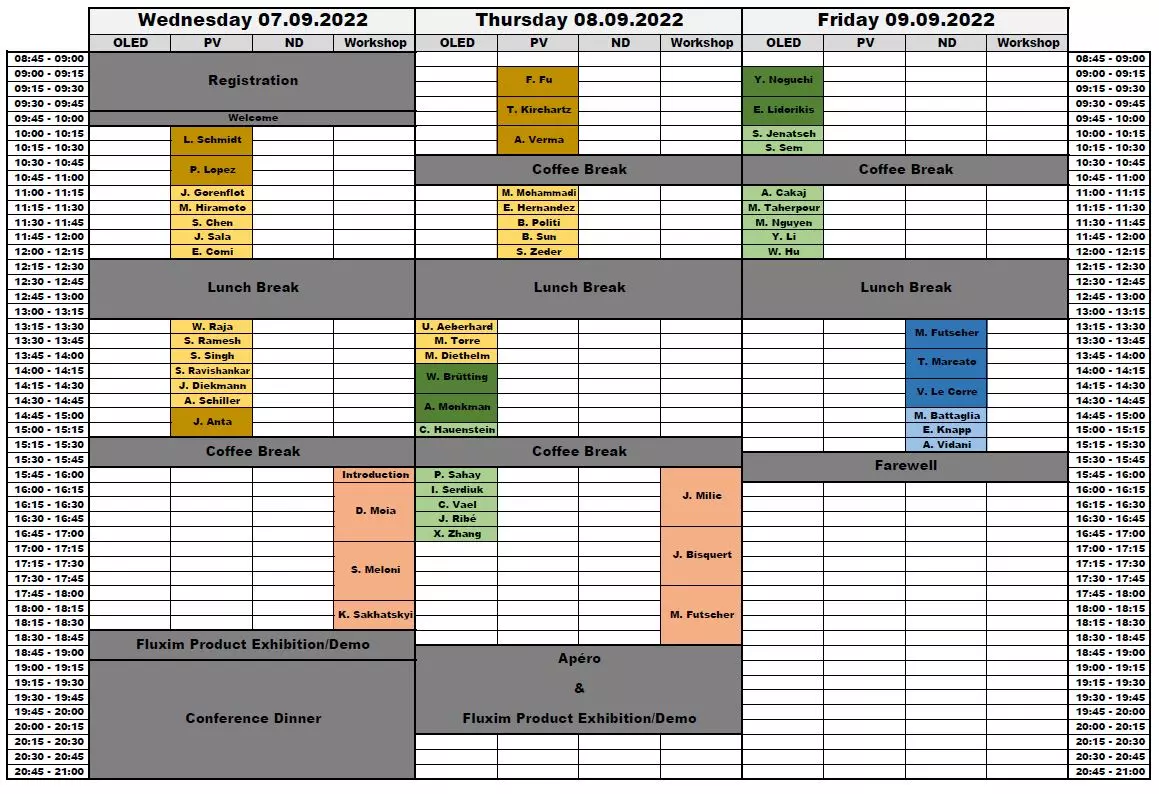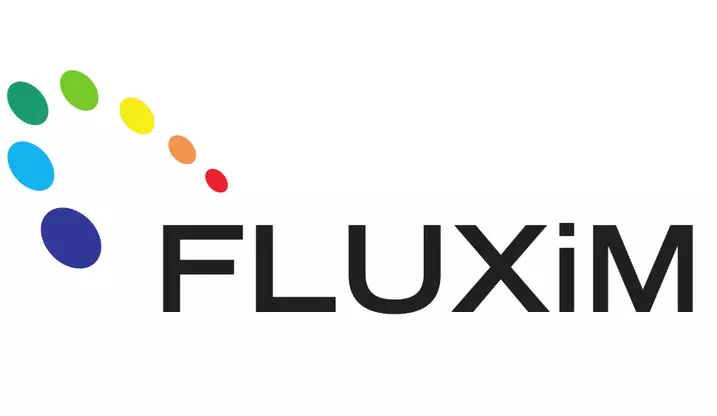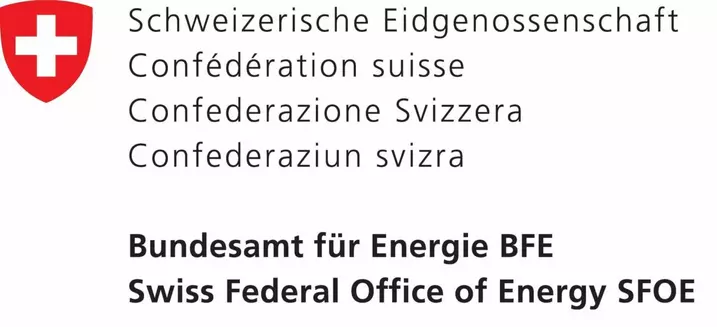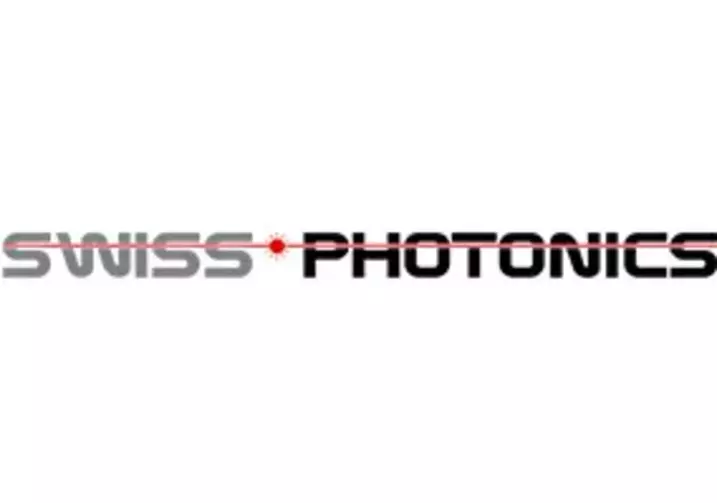International Conference on Simulation of Organic Electronics and Photovoltaics, SimOEP 2022, September 7th - 9th
The SimOEP conference brings together modeling experts and device physicists from industry and academia in the field of organic and perovskite solar cells as well as OLEDs. The addressed topics include charge and heat transport, exciton dynamics, light propagation and the simulation domain ranges from nanometer to centimeters.
Previous conferences
Conference website SimOEP 2020
Conference website SimOEP 2018
SimOEP 2022

Products of Organic Electronics and Photovoltaics are successfully penetrating consumer electronics and renewable energy markets. Commercialization is accelerating continuously and everyone can enjoy amazing new products to buy, for instance stunning OLED displays for mobile devices and TVs as well as flexible organic solar cells. With the commercial success of OLED display products and the rise of perovskite solar cells one may be tempted to disregard the many research challenges that we are still facing in this field and which prevent an even wider exploitation of these technologies.
The challenges are manifold. So are the synthetic materials these technologies are based on. Physical models and simulation algorithms are very useful in this context. They enable scientists to explore the behavior of a material or device on a computer. On the one hand, the numerical models help to understand and interpret measurement data and to further develop refined and reliable physical models. On the other hand, the models allow one to optimize materials and devices. Progress in this field relies on an interdisciplinary approach that combines experimental, physical, chemical and numerical expertise.
The motivation of this unique conference is to bring together these experts and enjoy a fruitful scientific exchange among them that will focus on a comprehensive range of topics. This will eventually lead to ever more reliable, validated physical models which accelerate our research efforts. We are pleased to chair this conference that continues a series of successful international simulation workshops on this topic previously held in Switzerland (2010, 2011, 2016, 2018, 2020) and Spain (2012, 2014).
This year, the event will again be held physically in Winterthur after the online edition of SimOEP’20. Fluxim’s R&D tools will be exhibited and demonstrated during the event.
Conference Committee
Beat Ruhstaller, ZHAW Zurich University of Applied Sciences
Evelyne Knapp, ZHAW Zurich University of Applied Sciences
Wolfgang Tress, ZHAW Zurich University of Applied Sciences
Mixed Ionic-Electronic Conductivity in Perovskites Workshop
On the first two days of the conference, the Mixed Ionic-Electronic Conductivity in Perovskites Workshop will be held after the SimOEP program. This workshop is organized by Dr. Wolfgang Tress and covers various topics related to perovskites.
The participation in this workshop is included in the access to the SimOEP' 22 conference and is based on the ERC-project OptElon (Defect Engineering, Advanced Modelling and Characterization for Next Generation Opto-Electronic-Ionic Devices).
Invited Speakers
| Topic | ||
|---|---|---|
| Juan Anta | UPO, ES | Interpretation of impedance spectra of perovskite solar cells and related systems: insights from drift-diffusion simulations |
| Wolfgang Brütting | Uni Augsburg, DE | Controlling spontaneous orientation polarization in organic semiconductors |
| Thomas Kirchartz | FZ Jülich, DE | Bayesian parameter estimation for PV applications |
| Elefterios Lidorikis | UOI, GR | Multiscale modelling of charge transport in organic electronic materials |
| Yutaka Noguchi | Meiji University, JP | Charge carrier dynamics and exciton-polaron quenching studied by simultaneous measurement of displacement current and photoluminescence |
| Andrew Monkman | Durham University, UK | Thermally activated delayed fluorescence, what we know, and what we don’t know about it! |
| Lukas Schmidt-Mende | Uni Konstanz, DE | Perovskite solar cells - reducing the defect density |
| Tommaso Marcato | ETHZ, CH | Development of QD-LEDs breaking the light outcoupling efficiency limit |
| Fan Fu | EMPA, CH | Perovskite-based flexible thin-film tandem photovoltaics: Opportunities, advances, and challenges |
| Moritz Futscher | EMPA, CH | Characterization of mobile ions in metal halide perovskites and batteries |
| Vincent Le Corre | FAU, DE | Lessons learned from device modeling of solar cell current-voltage characteristics using machine learning techniques |
| Pilar Lopez Varo | IPVF, FR | Perovskite module characterization and energy yield modelling |
| Anand Verma | Perovskia Solar AG, CH | The first perovskite solar cell in a consumer electronic device |
Confirmed Workshop Speakers
| Topic | ||
|---|---|---|
| Wednesday | ||
| Wolfgang Tress | ZHAW ICP, CH | Introduction |
| Davide Moia | MPI Stuttgart, DE | Mixed conduction in hybrid perovskite devices: experimental probes and models |
| Simone Meloni | Uni Ferrara, IT | Mobile ionic species in halide perovskites: Thermodynamics, dynamics, energetics and unexpected consequences on the properties of the material from atomistic simulation |
| Kostiantyn Sakhatskyi | ETHZ, CH | Assessing the drawbacks and benefits of ion migration in lead-halide perovskites devices: Photo and X-ray detectors, light-emitting diodes, memristors |
| Thursday | ||
| Juan Bisquert | Uni Jaume I, ES | Hysteresis in perovskite solar cells and memristors described by neuron-style equations and impedance spectroscopy |
| Moritz Futscher | EMPA, CH | Quantification of the mixed ionic-electronic conductivity of hybrid perovskites by transient measurements and impedance spectroscopy |
| Jovana Milic | Uni Fribourg, CH | Supramolecular control of mixed conductivities in hybrid perovskite photovoltaics: Challenges and opportunities |
| Discussion | ||
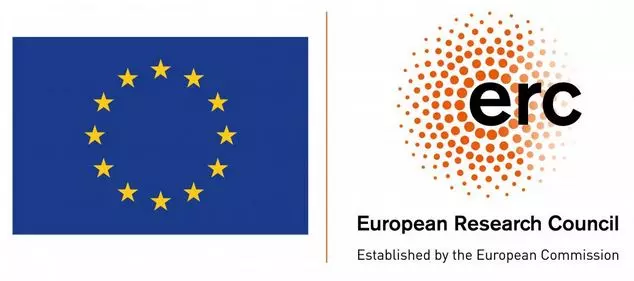
The workshop is supported by the European Research Council (ERC) under the European Union’s Horizon 2020 research and innovation programme (ERC Starting grant agreement no. 851676)
Book of Abstracts
Venue
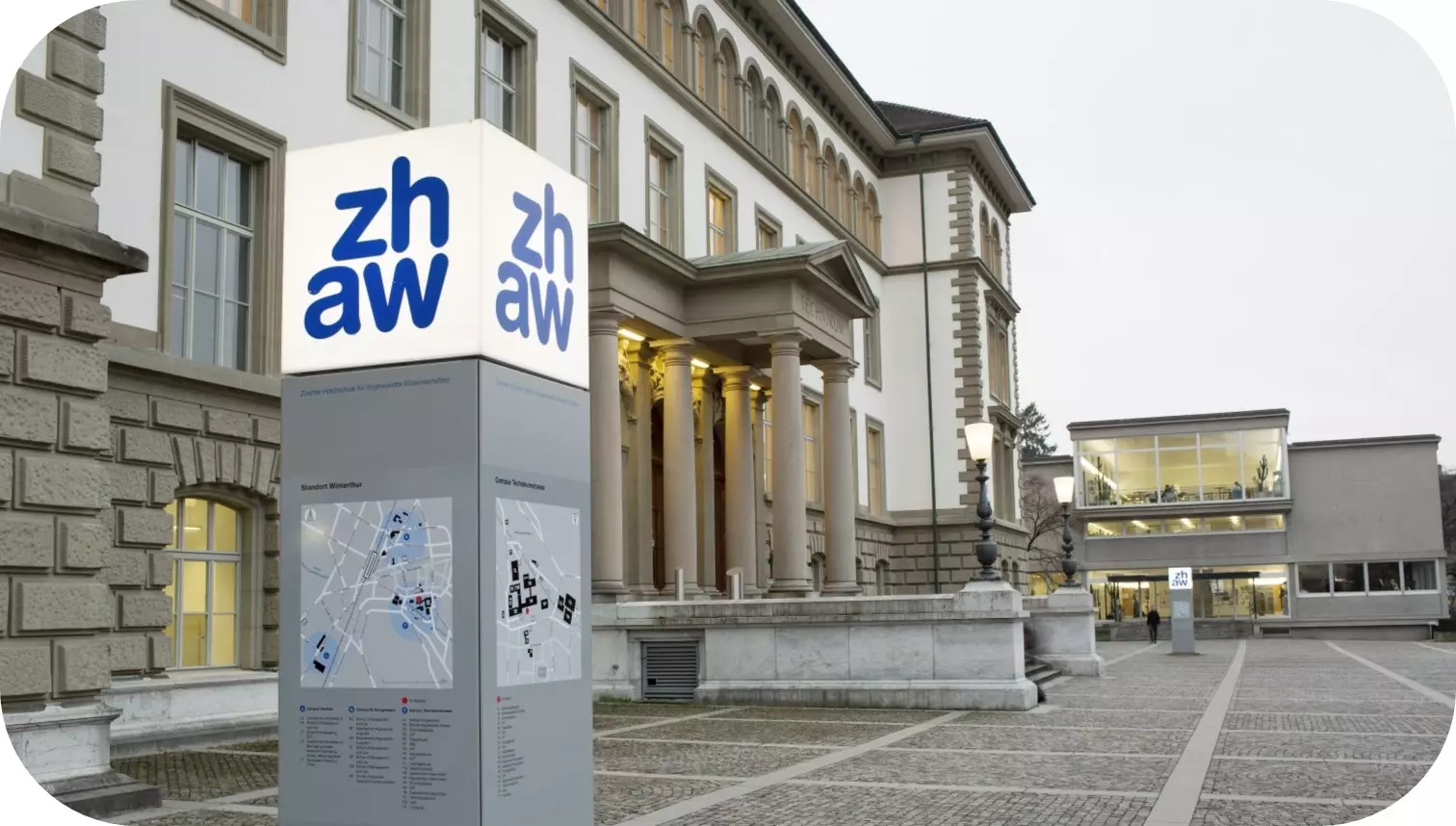
ZHAW School of Engineering
Technikumstrasse 9
8401 Winterthur CH
Physics Building - Room TP 406 & TP 408
